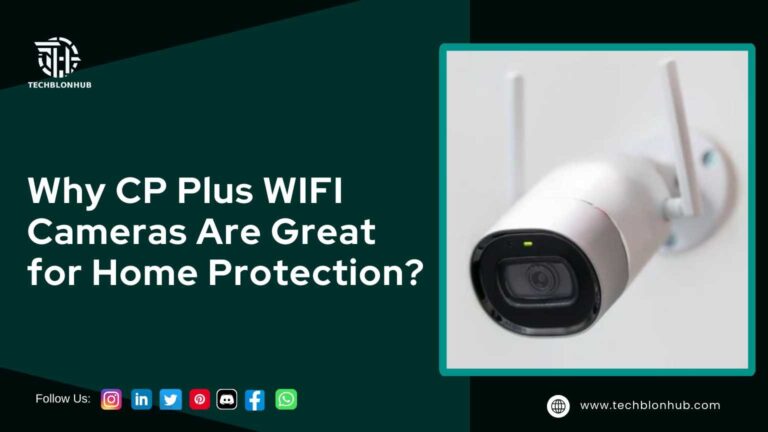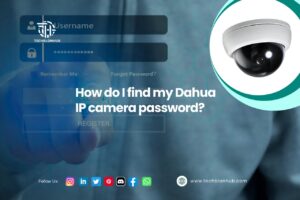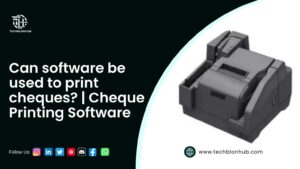Of all the critical components of American life, nothing is more distinctive to individuals than their Social Security Number (SSN). Social Security Numbers were enacted in 1936 to track earnings and benefits in the Social Security program. Over time, their functions and applications have mushroomed into the thousands, covering virtually every aspect of American society-from taxation and credit to identification purposes. This article is used to illustrate the definition of SSNs, their format, what might happen should they fall into an unauthorized user, and how to protect such important numbers.
Why do Social Security numbers matter?
The objective of the SSN is to provide people with identification to track earnings and benefits through the Social Security system. Thus, everyone has a unique number that the government can easily identify, and this is of utmost importance in handling benefits and entitlements.
Taxation: The Internal Revenue Service uses an SSN as a means of tracking tax liabilities and payments of certain individuals. The tax system mandates employers to report to the Internal Revenue Service the amount of wages paid to employees using their respective SSN.
Credit and Financial Transactions: SSNs are commonly used by financial institutions to assess creditworthiness. When applying for loans, credit cards, or mortgages, individuals must provide their SSN, which allows lenders to check credit reports and histories.
Employment Verification: Employers use SSNs to verify an employee’s eligibility to work in the United States. The number is a crucial part of the hiring process, ensuring compliance with federal regulations.
Government Services: Many government-funded programs, including Medicaid and Medicare, and all forms of welfare, require an SSN to sign up and track who is eligible. This ensures that the correct check is mailed.
Form of the Social Security Number
The SSN is a nine-digit number formatted in the form of XXX-XX-XXXX. The form of the SSN has varied throughout history:
Area Number (XXX): For the most part, area number assignment was done on the basis of where the applicant lived when the number was first issued. The SSA changed in 2011 to use a randomization algorithm in order to assign area numbers; this makes it much more difficult to guess a person’s location based on their SSN.
Group Number (XX): These two digits will break the area numbers into blocks that will help in efficient issuance of SSNs.
Serial Number (XXXX): Last four digits issued consecutively within a group which uniquely identifies the individual through the serial number.
“Fortinet network security offers enterprises unparalleled protection, scalability, and efficiency, ensuring seamless operations while safeguarding customer data and trust.”
The Identity Theft Boom
Since SSNs are increasingly used for identification and verification, the possibility of identity theft is also enhanced. Thieves steal SSNs to open fraudulent credit accounts, to file false tax returns, and even manage government benefits. In most cases, identity theft leads to hefty financial losses and even problematic consequences in terms of bankruptcy, severely impaired credit scores, and protracted legal fights to regain one’s identity.
Common Theft Techniques: Identity thieves use several techniques to obtain an SSN, including phishing scams, data breach and stealing of physical documents. The threats on cybersecurity have heightened involving massive SSN breaches with millions of copies leaked.
Impact on Victims:- Victims of identity theft face such grave issues, starting from financial loss to emotional trauma and further credit problems that are troublesome to fix. Restoring your identity takes time and a lot of paperwork and calls to different organizations.
Protecting Your Social Security Number
Since SSNs are valuable, therefore, protection against identity theft is very necessary. The tips below help to save sensitive SSNs.
Limit Disclosure: Provide your SSN only when absolutely necessary. Ask them for a justification of why they need it and how they plan on using it. Request if another form of identification will suffice.
Secure Documents: Keep physical documents containing your SSN, such as your Social Security card, tax returns, and financial statements, in a secure location. Consider using a safe or locked drawer.
Monitor Your Accounts: Regularly check your bank and credit card statements for any unauthorized transactions. Additionally, review your credit report at least once a year to identify any discrepancies or signs of identity theft.
Use Strong Passwords: When you have accounts on the net that ask for your SSN, make sure that you are using strong, unique passwords and two-factor authentication when available.
Shred Sensitive Documents: When you dispose of documents that include your SSN, be sure to shred them to ensure that access remains unavailable.
Be Cautious with Phishing Scams: Do not respond to emails, phone calls, or text messages requesting your SSN. Identify the source before giving them any information.
Conclusion
The Social Security Number (SSN) is much more than just a string of numbers; rather, it is a crucial aspect of the American social and economic system. The SSN, used to monitor earnings and benefits, is also important in financial transactions and government services, and it could be said that such widespread applicability of the SSN carries along with it a significant danger of identity theft and fraud, and therefore it is very crucial that people take up proactive measures for the protection of SSNs.
The importance of the SSN, coupled with the risks of its misuse, necessitates knowing its form and function. It inhibits disclosure, protects classified documents, tracks accounts, and shields against phishing fraud, all of which prevent anyone from stealing your personal information and reduce the threat of identity theft.
As technology changes and the landscape of personal information security continues to evolve, being up-to-date and embracing best practices about protecting your SSN will be key. In that regard, individuals will stroll through the jungle of modern life with greater confidence, knowing their identity and financial well-being are safe. In this world of information as a strong asset as well as a vulnerable weakness, the responsibility to safeguard one’s SSN now becomes not only an individual responsibility but a crucial step toward tomorrow-ensuring a safer and more secure future.







Kısıklı su kaçak tespiti Kadıköy su kaçağı tespiti: Kadıköy’deki su sızıntılarında noktasal tespit için yanınızdayız. https://ai.ceo/ustaelektrikci